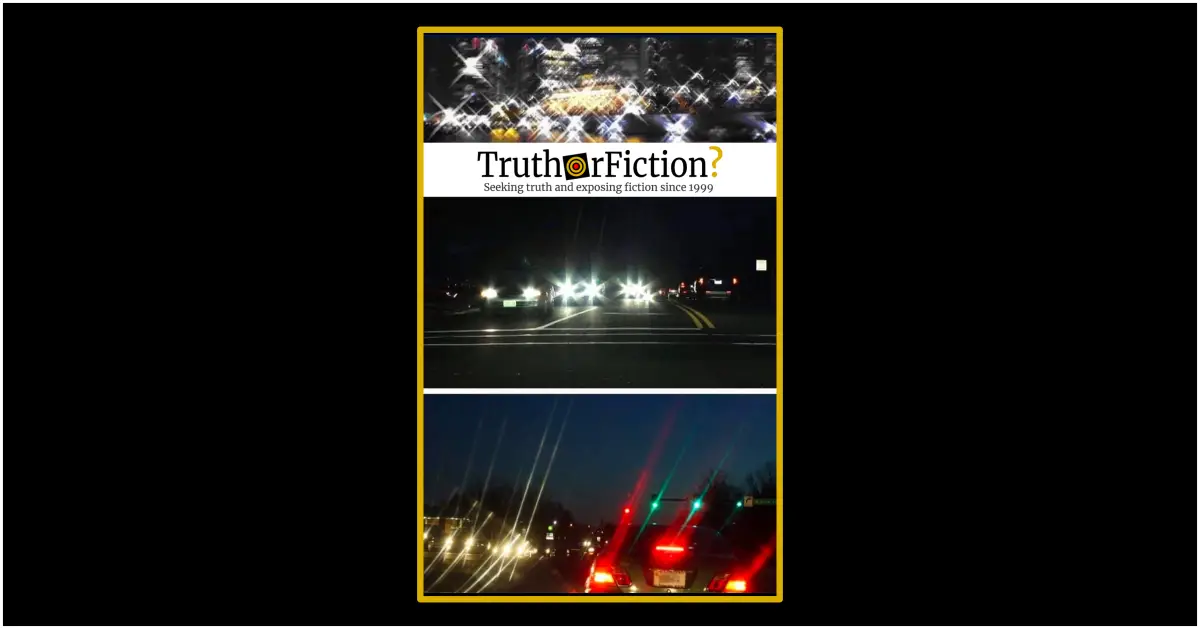Introduction
As night falls and darkness envelops us, our vision can become shrouded in a frustrating blur. Astigmatism, a common eye condition, often amplifies this nocturnal visual impairment. However, the pursuit of clear vision even in low-light conditions is not just a pipe dream—it’s a reality you can embrace. Let’s unravel the mysteries of astigmatism and explore the practical solutions that can illuminate your nighttime world.

Image: suntime.com.my
Astigmatism arises from an irregularly shaped cornea, the transparent outer layer of the eye. This asymmetry prevents light from focusing evenly on the retina, resulting in blurry or distorted vision. It can manifest as a range of distortions, from mild haziness to severe double vision. And as the sun sets and natural light diminishes, these distortions can become more pronounced.
Correcting Astigmatism for Enhanced Night Vision
1. Eyeglasses or Contact Lenses: Corrective lenses can compensate for the irregular shape of the cornea, redirecting light accurately onto the retina. Glasses offer a simple and non-invasive solution, while contact lenses provide a wider field of vision and the convenience of not having to wear frames.
2. Orthokeratology (Ortho-K): Ortho-K takes corrective lenses a step further, employing specially designed contact lenses that you wear overnight. These lenses gently reshape the cornea while you sleep, providing temporary correction during the day without the need for daytime lenses or surgery.
3. Laser-Assisted In Situ Keratomileusis (LASIK): LASIK is a surgical procedure that permanently alters the shape of the cornea using a laser. By reshaping the cornea, LASIK can reduce or eliminate astigmatism, leading to improved vision both day and night.
4. Implantable Collamer Lens (ICL): ICLs are thin, artificial lenses that are surgically implanted into the eye. They work in conjunction with the natural lens to correct astigmatism, providing a permanent solution for clear vision even in low-light conditions.
5. Clear Lens Exchange (CLE): CLE involves replacing the natural lens with an artificial intraocular lens (IOL) that corrects astigmatism. This procedure is often used in conjunction with cataract surgery, offering a dual benefit of improved vision and reduced astigmatism.
Additional Tips for Nighttime Visual Comfort
Beyond corrective measures, there are a number of practical tips you can follow to enhance your vision in low-light conditions:
- Minimize Glare: Glare from oncoming headlights or streetlights can exacerbate astigmatism, making vision more difficult. Use anti-glare lenses or sunglasses when driving at night.
- Increase Light Exposure: If possible, increase the amount of light in your environment. Use brighter lights at home or carry a flashlight when walking at night.
- Give Your Eyes a Break: Regular breaks from visually demanding tasks can help reduce eye strain and improve overall vision. Take short breaks to look away from screens and focus on distant objects.

Image: www.truthorfiction.com
How To Fix Astigmatism At Night
Conclusion
Astigmatism may cast a shadow over your night vision, but it doesn’t have to plunge you into darkness. By embracing the range of solutions available, from corrective lenses to surgical interventions, you can shatter the barriers of night-blurred vision and embrace a world of clarity, even after the sun has set. Remember, the pursuit of optimal vision is an ongoing journey, and with the right care and attention, you can illuminate your world with crystal-clear sight, both day and night.







